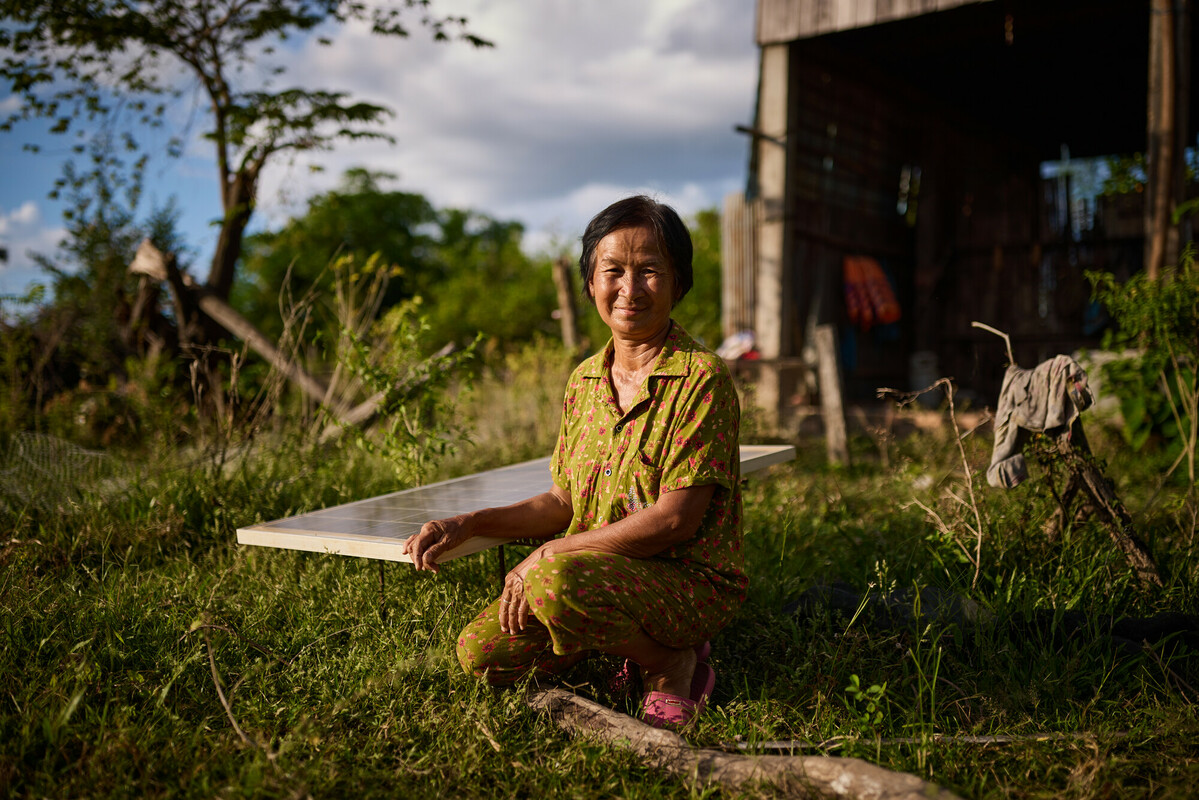Rowena Bajado-Alcober, 33, from Catigbian, in Tanauan, lost her mother, father and brother in the storm surge after Typhoon Haiyan tore through Leyte. Rowena lives with her husband Carlo’s family, however her family lived closer to the coast in Santa Cruz, Tanauan, and she knew they were in serious danger as the storm came through. Her four-year-old niece, surviving brother and sister-in-law have moved to live with Rowena now as they have nowhere to go.
“The Typhoon started about 7 o’clock in the morning and the wind kept getting stronger and we saw the trees starting to fall and the roofs starting to fly. It was very strong that we almost couldn’t see the other houses because of the wind and rain.
It was really foggy so nothing could be seen outside, only we hear the strong rains and the sound of the wind. It was horrible, we just stayed inside of the house. Our roof started to fly and fall and a different part of the house started to be destroyed so we stayed inside together with the other families who stayed with us, nine families were all here during the Typhoon.
Young and old we all stayed there inside, looking outside at all the debris flying. Some of us were praying, some of us were crying. The children, they didn’t know what was happening, they were still enjoying just like they’re having a birthday party, but (not) the old ones – all of us were worried.
We were thinking it was the end of our lives. I was worrying about my family because my family were living near the shore. My parents and brothers, they were living in Santa Cruz, the barangay (village) near the town proper of Tanauan.
The morning after, I thought me and my niece would be the ones left in our family. So we were both crying, she was thinking of her mama and her papa. In the afternoon there was big water that hit the shorelines or the town proper and that’s the time that I was worried because our place was low lying and it would be really hit by water.
During typhoons, even just little rain there would be floods, so with that really strong Typhoon I knew something would happen with my family. My father and my mother died and also one of my brothers. They died, they drowned.
They were found Friday afternoon but we were able to bury them Saturday, and my brother we were able to bury on Sunday, he was the last to be found. But in our place there are still many dead who are not yet found, they are still missing until now.
We were left homeless, parentless, we were only left with few things from our house, we have nothing to return to.”
Written by: Anne Wright, Oxfam Australia Media Coordinator
We are working with affected communities to meet basic needs and to help them rebuild their livelihoods in the longer term. Click here for an in-depth update on Oxfam’s work over the first month, or explore our interactive map.
Donate today to help us reach 500,000 people in need of emergency aid after the devastation of Typhoon Haiyan.



